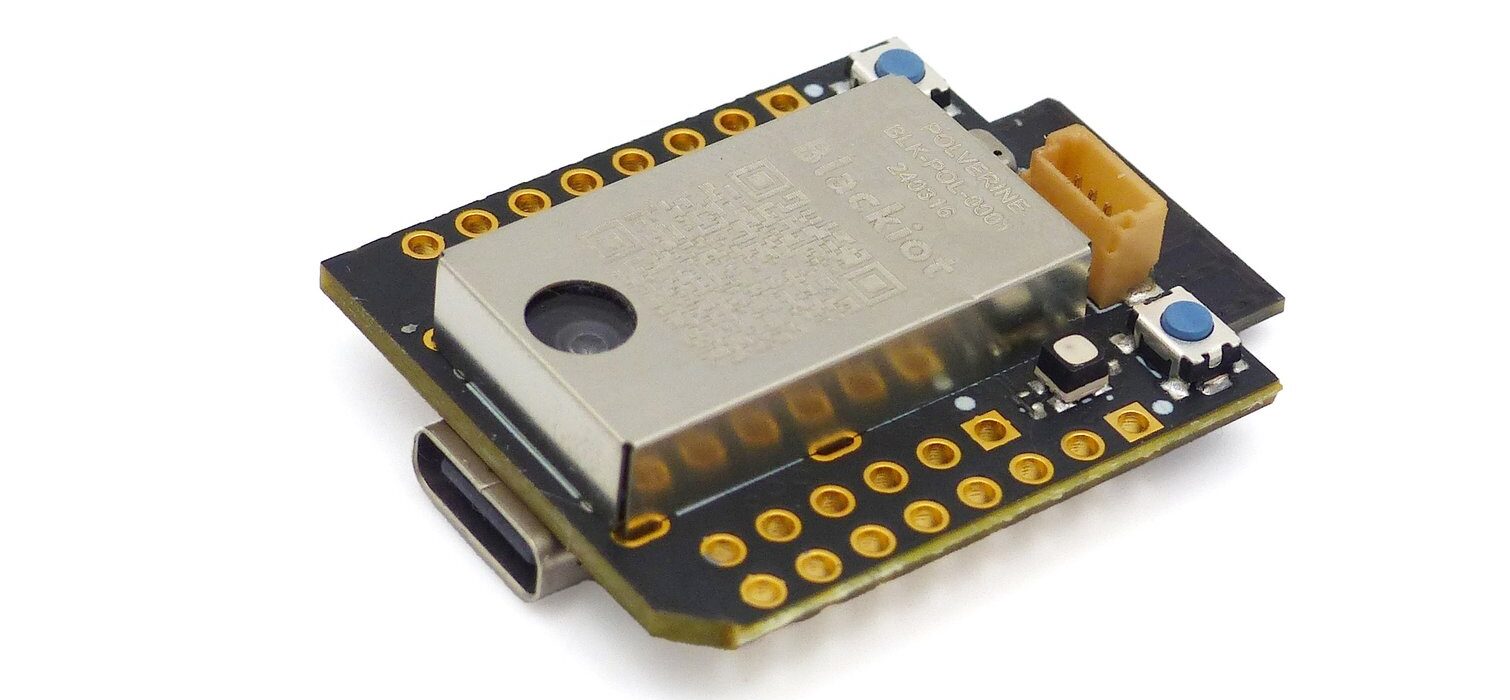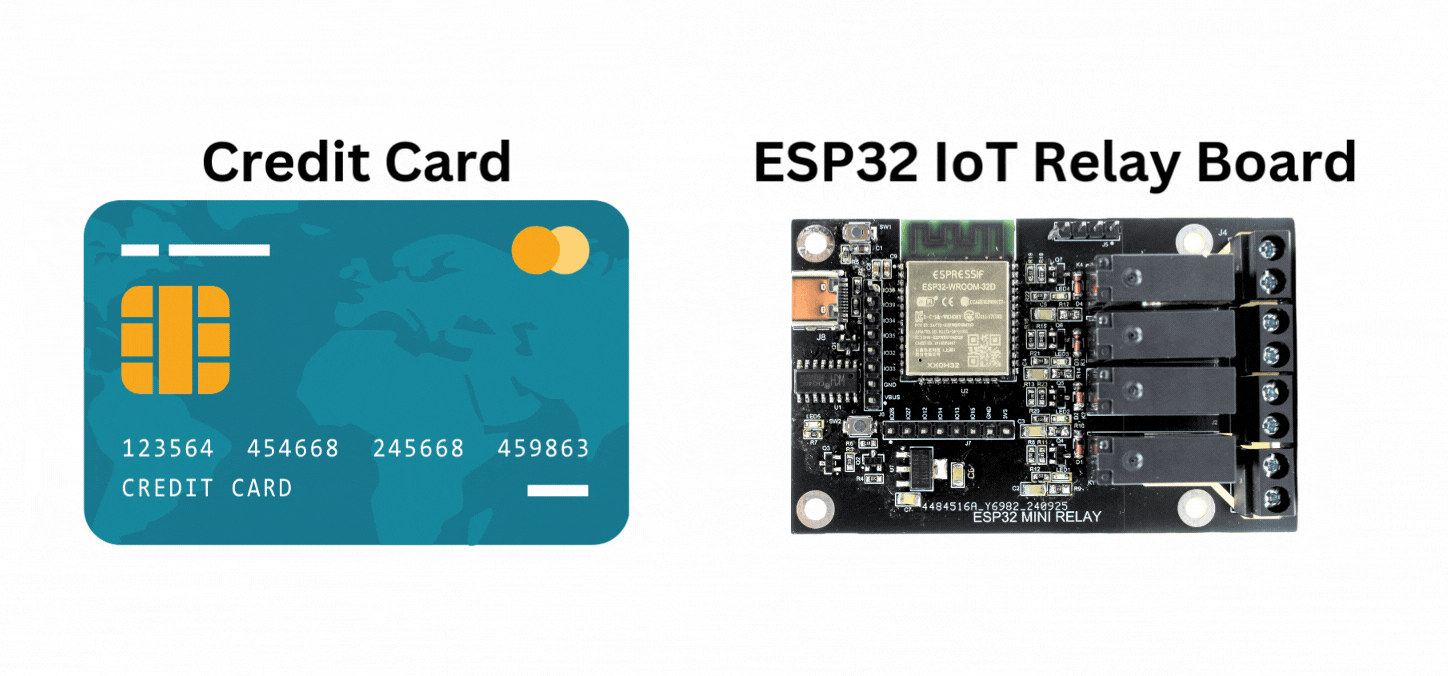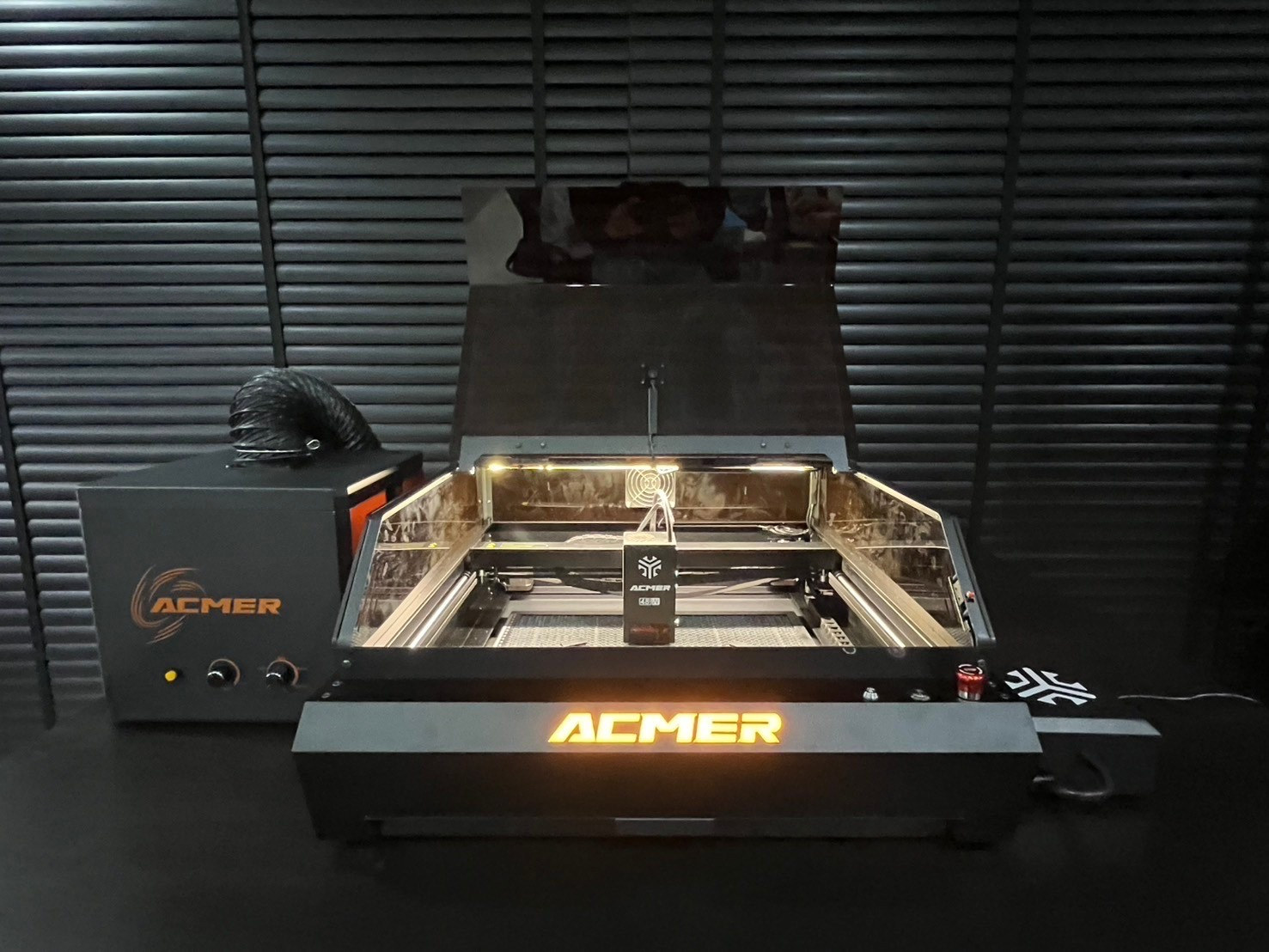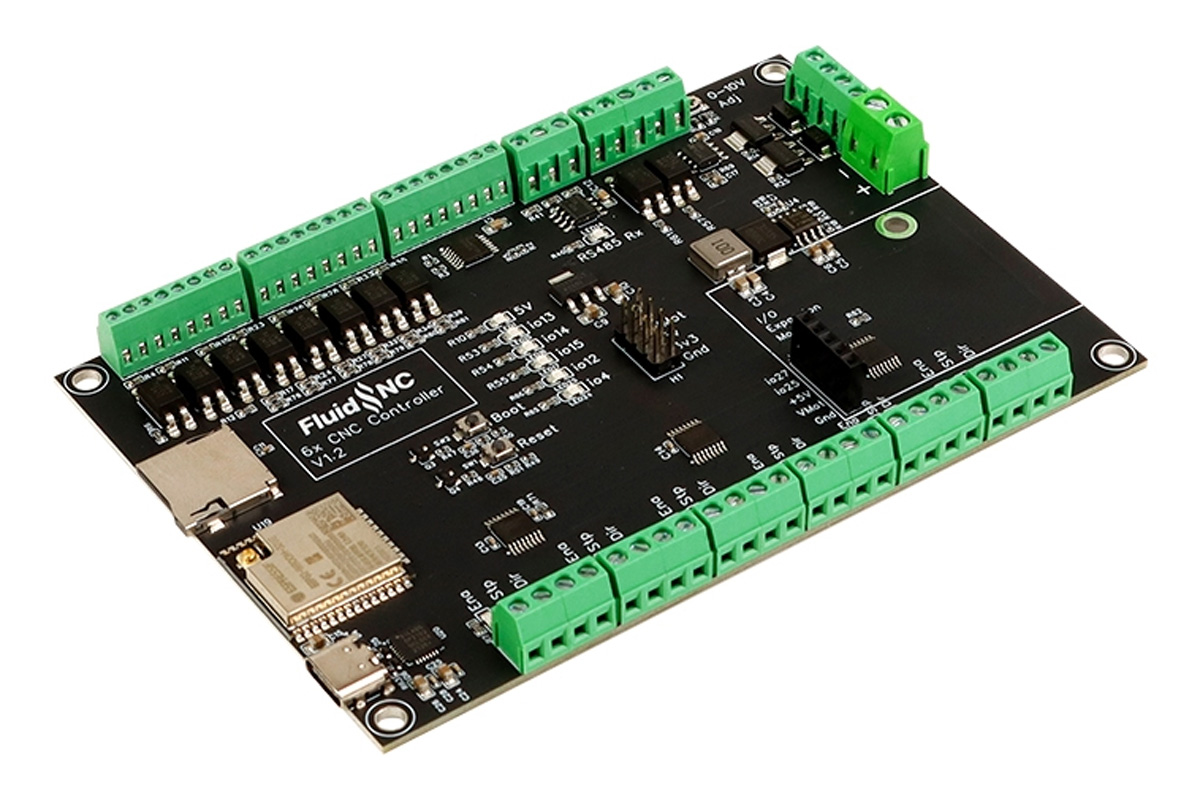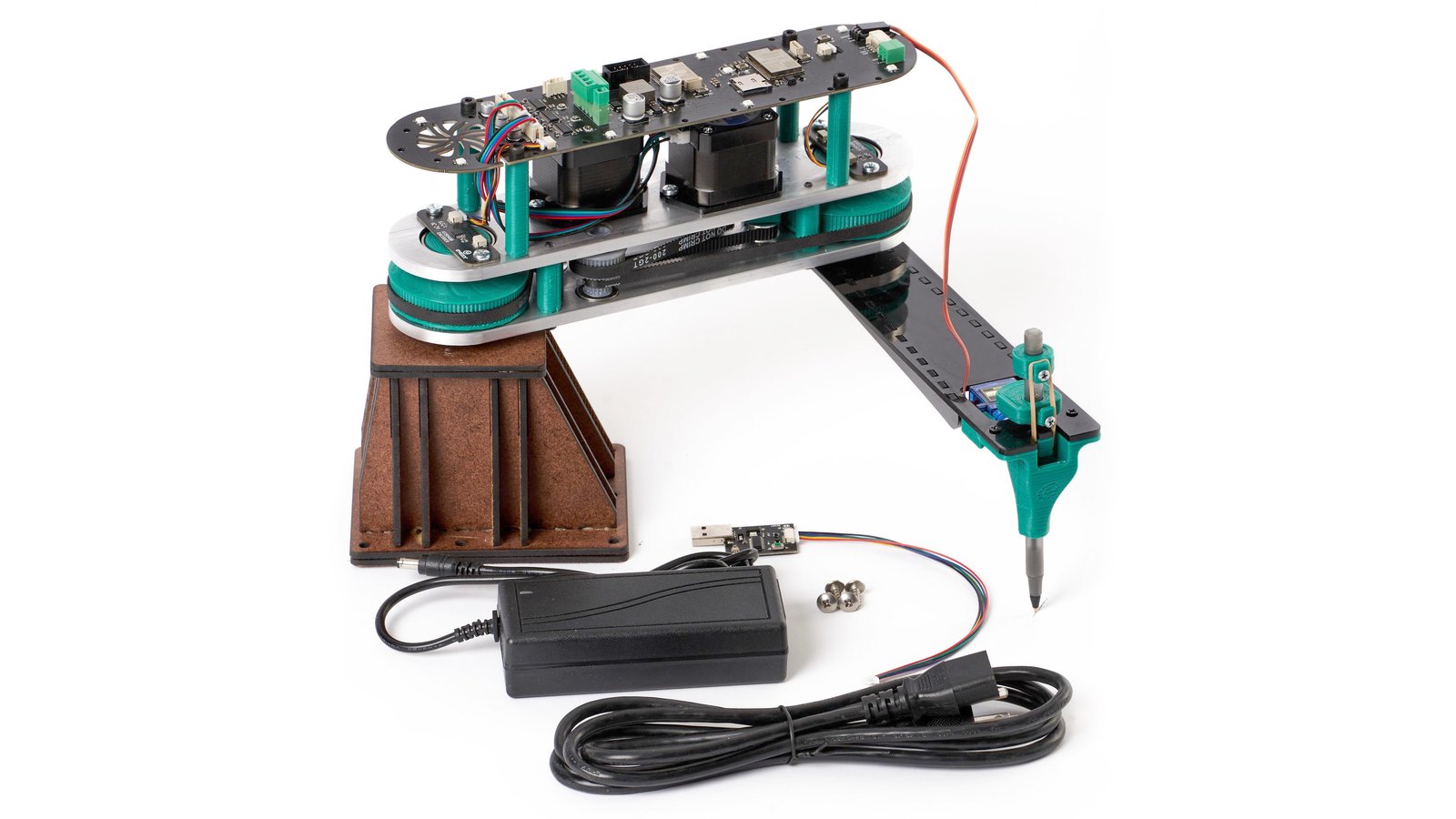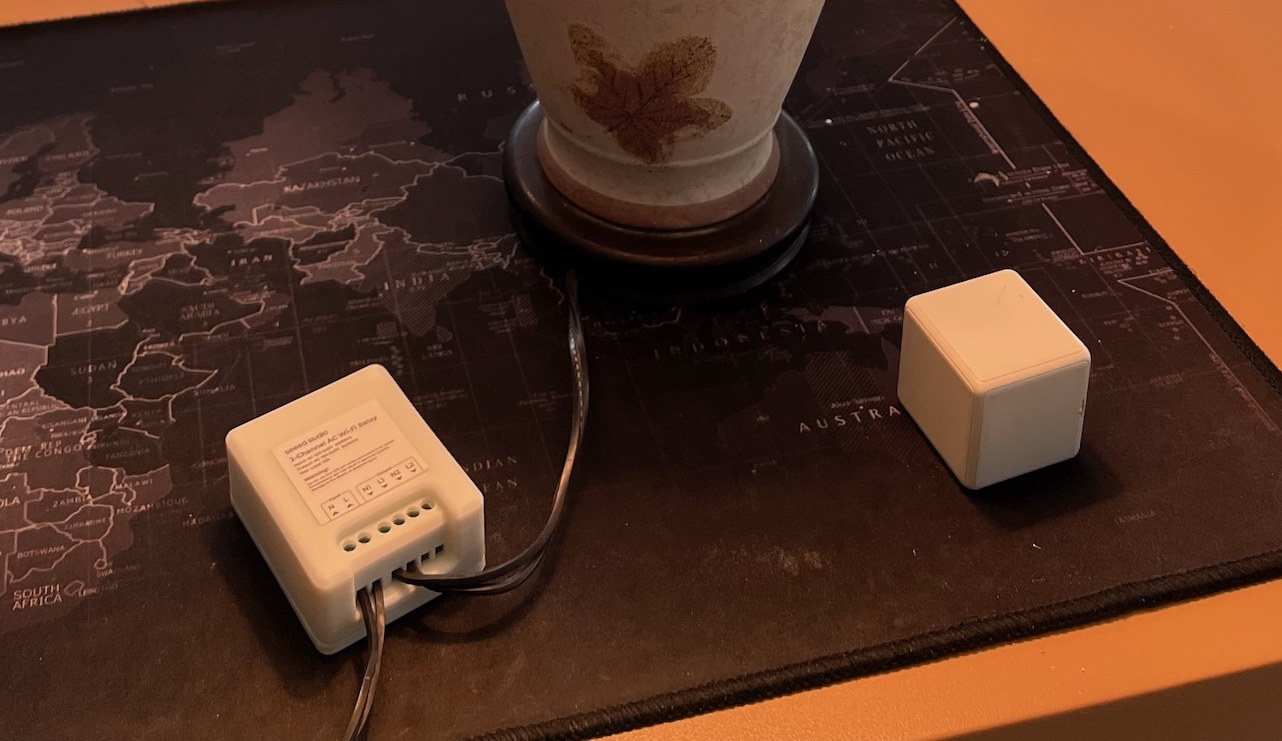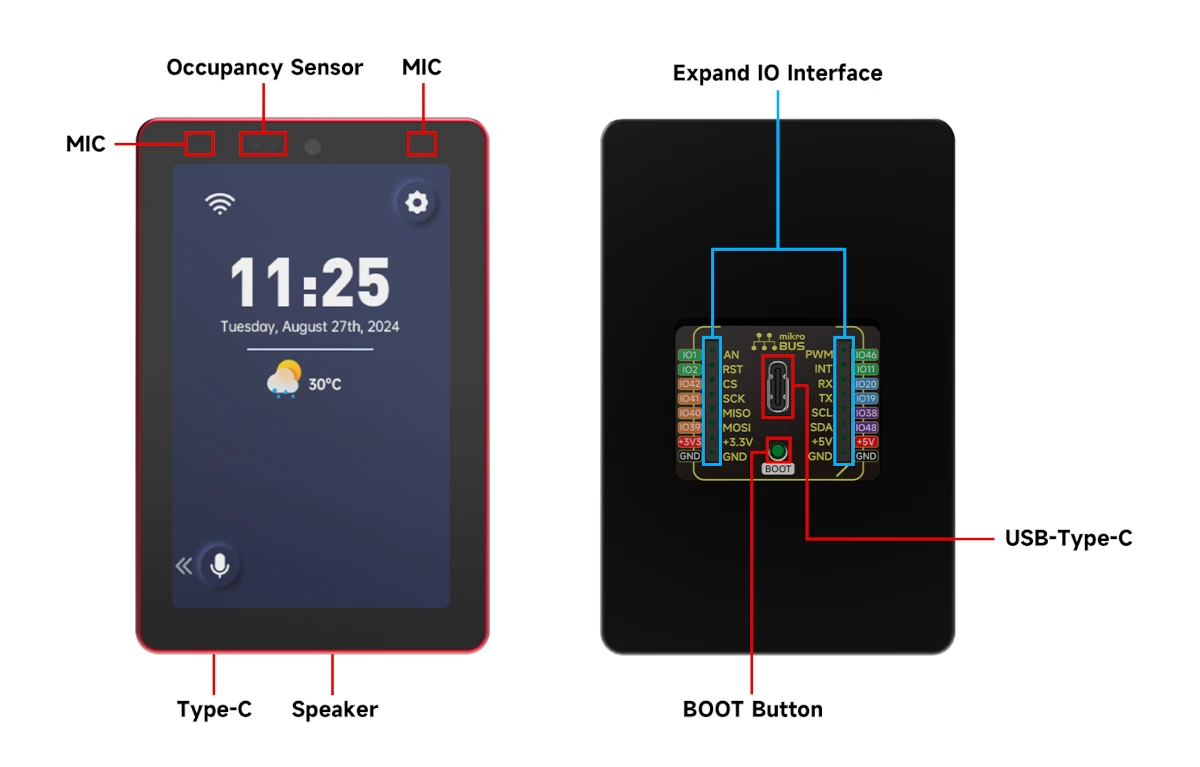The FOSSASIA Summit is the closest we have to FOSDEM in Asia. It’s a free and open-source event taking place each year in Asia, and FOSSASIA 2025 will take place in Bangkok, Thailand on March 13-15 this year. It won’t have quite as many speakers and sessions as in FOSDEM 2025 (968 speakers, 930 events), but the 3-day event will still have over 170 speakers and more than 200 sessions. Most of the sessions are for high-level software with topics like AI and data science, databases, cloud, and web3, but I also noticed a few sessions related to “Hardware and firmware” and “Operating System” which are closer to what we cover here at CNX Software. So I’ll make a virtual schedule based on those two tracks to check out any potentially interesting talks. None of those sessions take place on March 13, so we’ll only have a schedule for March […]
Polverine – A compact, mikroBUS-compatible environmental sensing platform with PM 2.5 and gas sensors (Crowdfunding)
Polverine is a mikroBUS-compatible environmental sensing platform featuring a BMV080 PM2.5 sensor and a BME690 gas sensor, plus an Espressif ESP32-S3-MINI-1 module to add Wi-Fi 4 and Bluetooth 5 connectivity. The onboard BMV080 sensor is described as the “world’s smallest PM2.5 sensor” at 4.2 x 3.5 x 3mm. The PM2.5 particulate matter sensor is complemented by the BME690 which measures temperature, humidity, and pressure, and detects volatile organic compounds (VOCs) for complete environmental monitoring. The board offers sufficient processing power for quick data handling, with wireless connectivity for easy integration into IoT systems and smart devices. Projected applications for the sensor platform include indoor air quality monitoring, smart homes, HVAC systems, industrial monitoring (gas leak and pollution monitoring), wearables for personal air quality tracking, and anomaly detection in emergency scenarios. We have seen other ESP32-based environmental sensor platforms such as the Sensy32 board, MoreSense MS-06, and AirGradient One, but the […]
Credit card-sized quad relay board runs Tasmota firmware on ESP32 module (Crowdfunding)
The “ESP32 IoT Relay Board” is a credit card-sized ESP32 board with four small 250VAC/30VDC 7A relays that runs Tasmota open-source firmware and supports Alexa & Google Assistant for voice control. There are so many ESP32-based relay boards on the market that I don’t usually feel the need to cover new ones, but Igor Mileshin’s ESP32 IoT Relay Board is smaller than most so I thought it might be interesting to some. The smallest quad-channel relay board I’ve seen so far is the one by Seeed Studio using an STM32 MCU and solid-state relays that measures just 60 x 40mm, but the relays only support up to 2A. ESP32 IoT Relay Board specifications: Wireless module – ESP32-WROOM-32D SoC – Espressif ESP32-D0WD dual-core Tensilica LX6 processor @ 240 MHz Storage – 32Mbit SPI flash Connectivity – Wi-Fi 802.11 b/g/n up to 150 Mbps, Bluetooth 4.2/5.x LE Relays 4x “industrial-grade” relays supporting […]
ACMER P3 48W laser engraver review with ACMER AP220 Smoke Air Purifier, LightBurn software, MKSLaser app
Today, we’ll review the ACMER P3 48W laser engraver suitable for engraving and cutting various materials such as wood, acrylic, leather, and coated thin metals. It has a fully enclosed design protecting against laser light and reducing smoke in the room for better safety. The laser engraver also supports air filtration through the ACMER AP220 air purifier which we received for review as part of a full kit. Additionally, the P3 48W comes with a built-in camera for precise work positioning and previewing before engraving or cutting begins. Other safety features include automatic operation shutdown when the machine cover is opened. Users can import files through USB, Wi-Fi, or SD card, and the machine is compatible with popular software like LightBurn and LaserGRBL, as well as the ACMER mobile app, making it easier to use with file formats such as PNG, JPG, SVG, and DXF. ACMER P3 48W laser engraver […]
FluidNC-compatible CNC controller supports 6 stepper drivers, web-based configuration
US-based CNC and motion control developer Bart Dring has designed the 6x CNC Controller FluidNC-compatible CNC controller board built around an ESP32 (pre-programmed with FluidNC) module and including 6 external stepper motor drivers with 5V signals. It allows configuration, upgrades, and control via a web browser. The controller also includes individual step/direction controls and LED indicators for easy setup. It offers eight input ports for limit switches, probes, and controls, along with multiple spindle control options, including RS485 VFD, 0-10V, PWM, relay-based, brushless motor (BESC), and laser PWM with enable signals. Additionally, it has two 3A MOSFETs for relays or solenoids, a MicroSD card slot for local G-code storage, and an expansion socket for GPIO extenders or pendant interfaces. 6x CNC Controller specifications Wireless module – Espressif Systems ESP32-WROOM-32E ESP32 dual-core microcontroller 4MB flash 2.4 GHz WiFi and Bluetooth LE connectivity, built-in PCB antenna Storage – MicroSD card socket for […]
Tobor open-source, modular robotic arm features two ESP32 modules (Crowdfunding)
Tobor (robot spelled in reverse) is a modular and open-source robotic arm platform powered by the ESP32-WROVER-I and ESP32-WROOM-32 (FluidNC CNC Controller core) modules. It is described as a “fully-featured robotic system that can fit on your desktop and is capable of helping you automate your workflow.” Tobor is billed as a customizable assistant for complex tasks such as assembly line help, CNC design, and rapid prototyping. The Tobor ecosystem includes several open-source components, including robotic arms, motion platforms, sensors, and actuators, that can be combined to create a unique system for “almost any desktop automation.” The Tobor Robot Arm supports multiple toolhead options such as the pen plotter toolhead, z-stage toolhead with 4th axis and suction cup, and the pick and place expansion pack. We have seen other open-source robotic platforms such as the SO-ARM100 AI robotic arm kit, CYOBot v2, and MIKRIK V2 Robot Car. Tobor Robot Arm […]
Seeed Studio 2-Channel Wi-Fi AC Relay Review – An ESPHome smart switch with power meter function
We have received the Seeed Studio 2-Channel Wi-Fi AC Relay for review. It is an IoT/Smart Home device featuring a 2-channel relay (wet contact) that operates over a WiFi network, and provides an alternative to SONOFF Smart switches like the SONOFF R2 Dual. The Seeed Studio device is a bit larger and instead of relying on eWelink firmware, it natively supports Home Assistant since it’s pre-installed with ESPHome open-source firmware. Alternatively, if you prefer standalone deployment (without Home Assistant), you can manage it via the web browser. In addition to the basic relay function to control the AC-powered appliances, it also acts as a power meter. This is a good ready-to-use option for Home Assistant enthusiasts who prefer not to assemble their own components. Some practical applications include controlling electrical appliances such as lighting. Let’s dive into the details. Seeed Studio 2-channel AC Wi-Fi Relay unboxing The package we received […]
ESP32 Agent Dev Kit is an LLM-powered voice assistant built on the ESP32-S3 platform (Crowdfunding)
The ESP32 Agent Dev Kit is an ESP32-S3-powered voice assistant that offers integrations with popular LLM models such as ChatGPT, Gemini, and Claude. Wireless-Tag says the Dev Kit is suitable for “95% of AIoT applications, from smart home devices to desktop toys, robotics, and instruments” In some ways, it is similar to the SenseCAP Watcher, but it has a larger, non-touch display and dual mic input. It however does not support local language models. It also features a standard MikroBUS interface for expansion. For voice capabilities, the ESP32 Dev Kit integrates two onboard, noise-reducing microphones and a high-fidelity speaker. The built-in infrared laser proximity sensor detects human proximity and movement for “smart interactive experiences”. ESP32 Agent Dev Kit specifications: MCU – ESP32-S3 dual-core Tensilica LX7 microcontroller @ 240MHz, 8MB PSRAM Storage – 16MB flash Display – 3.5-inch Touchscreen, 480×360 resolution Camera – 5MP OmniVision OV5647 camera module, 120° field of […]



